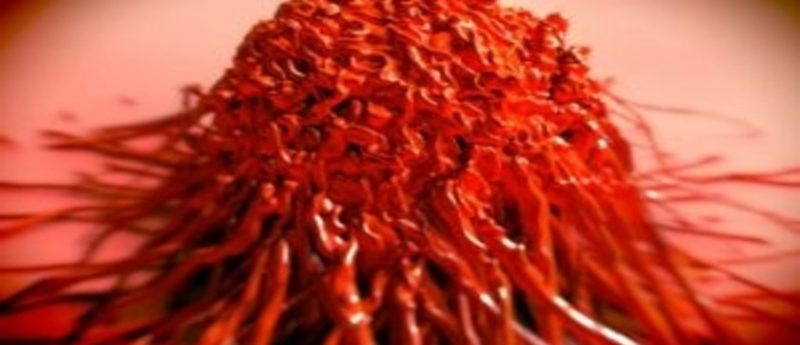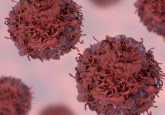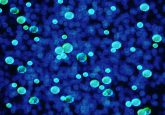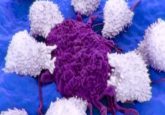Further definition of cancer signaling pathway may lead to new therapy options

Recently published in Nature Cell Biology, researchers from the University of Wisconsin-Madison School of Medicine and Public Health and Carbone Cancer Center (WI, US), have further elucidated a pro-growth signaling pathway common in a variety of cancers, which when inhibited, results in cancer cell death while leaving healthy tissue unharmed. It is hoped the study could lead to the development of novel therapies for solid tumors.
Growth signals are typically transmitted as extracellular chemical agonists that exert their effects through protein receptors on the cell surface. The activated receptors transmit the signal intracellularly resulting in the production of the growth messenger PIP3.
Previous studies from the Richard Anderson (University of Wisconsin–Madison) lab demonstrated that a proportion of the agonist-stimulated receptors continue to transmit the signal intracellularly even once internalized and sequestered in endosomes for eventual degradation.
In this recent study, first author Suyong Choi (University of Wisconsin-Madison) established that the signaling proteins in the cascade were all found on endosomes within the cell, consolidating the idea that the key growth message was being transmitted via these internal compartments.
Typically in a signaling cascade, each step results in amplification of the signal, which suggests that there should be more and more messenger molecules; in this scenario, however, levels of PIP3 as well as other intermediary molecules were too low to be detected within the endosomes – something the researchers could not explain biologically.
“A scaffold completely solves this issue, because it acts like an assembly line, bringing together all of the proteins and passing one messenger molecule to the next protein in the cascade until the last protein, PI3K, is activated and generates PIP3,” Anderson explained. “Choi found that the scaffolding protein IQGAP1 brings all of these proteins together like a happy family on the endosome. It’s an incredibly efficient mechanism.”
Choi demonstrated that the IQGAP1 complex brings all the signaling components of the PI3K pathway together. This assembly occurs in response to almost all agonists that stimulate cell survival and growth. After establishing how the various proteins in the complex interact, Choi was able to prevent the formation of the scaffold in the cells by introducing a small, competing fragment of the IQGAP1 protein.
“It worked beautifully to block assembly of IQGAP1 and PI3K complex,” Anderson continued. “The really cool thing was, when we treated different cells with these inhibitory fragments, the disruption of IQGAP1 and PI3K complex formation had almost no effect on normal cells but it killed cancer cells very efficiently.”
PI3K is an essential molecule, as it is involved in multiple signaling pathways, with cells dying if they do not have the functioning protein. Nevertheless, it is this specific IQGAP1-mediated pathway that is necessary for the growth and survival of cancerous cells but not healthy cells; mice that lack IQGAP1 develop normally but are resistant to developing solid tumors.
“Pharmaceutical companies have developed PI3K inhibitors, but many of these have failed, likely because they’re hitting all PI3Ks and the different pathways,” Anderson concluded. “If you can specifically disrupt this agonist-activated PI3K pathway, the one that has a specific role in cancer, then you can effectively treat cancers. We think that’s what this study is showing.”
The team also demonstrated that this same scaffolding is used in insulin signaling, suggesting that the pathway could potentially be involved in the onset of diabetes and cardiovascular diseases.



